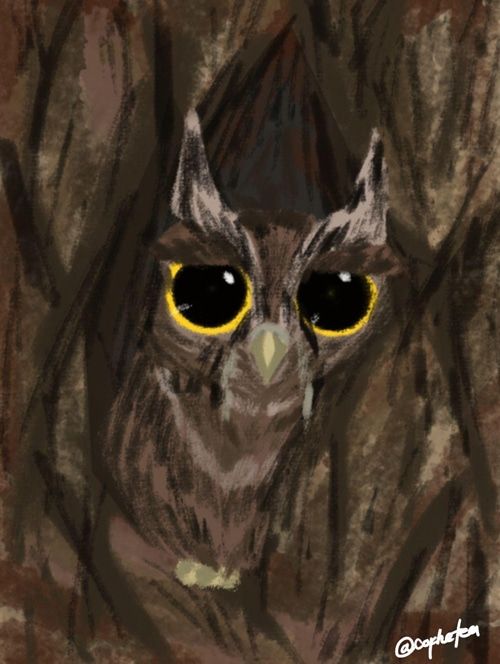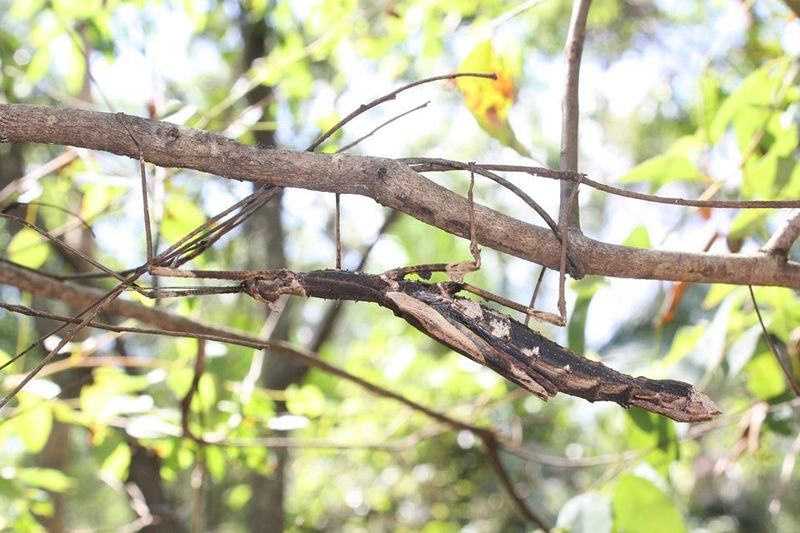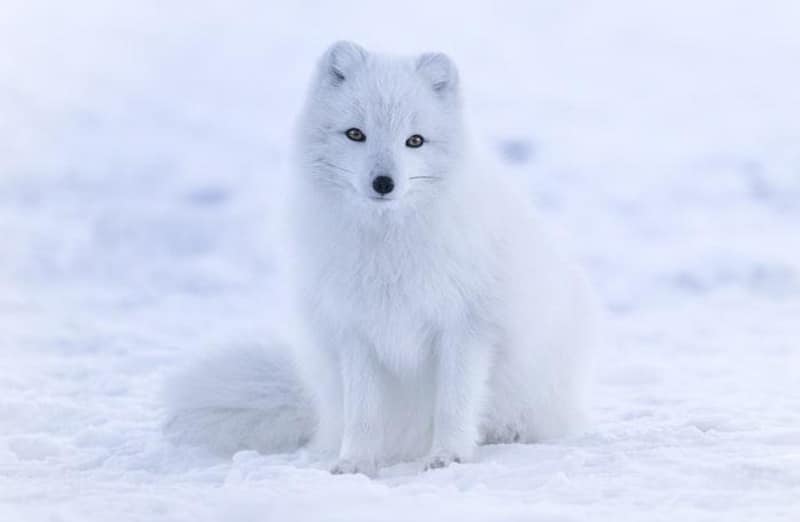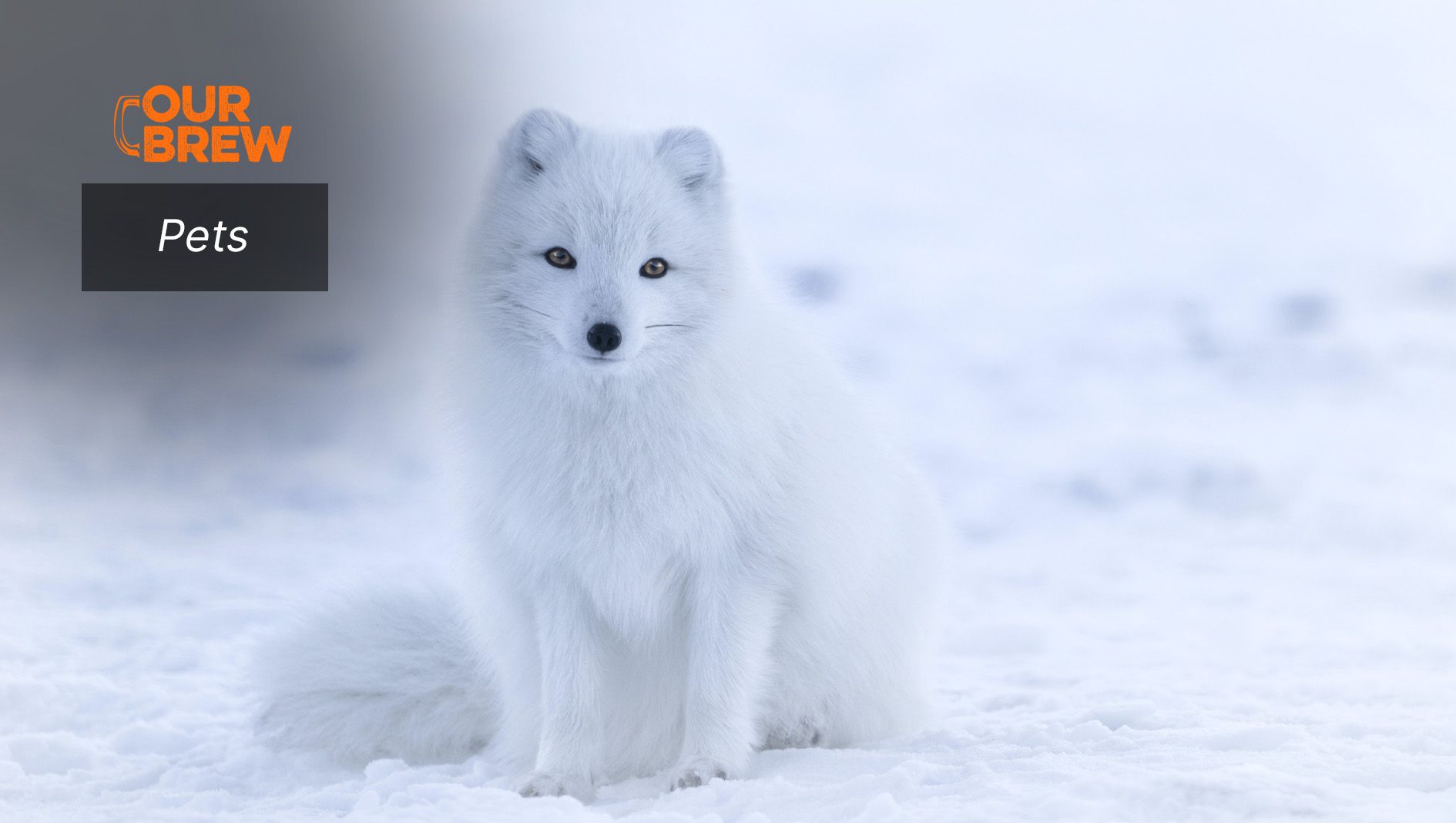by Mariana Burgos
When I was still in my teens, I remember we had a Siamese cat that each and every one of our visitors thought was a stuffed animal at first glance. We often had visitors then. Our cat’s name was Princess. We named her so because of how graceful she always moved around. She had this spot on top of one of our bookshelves where she would just…..sit there. She would sit for long periods of time in a very still manner and anyone who would see always thought she was a stuffed animal. You might think that she was trying to camouflage herself from other humans she was not familiar with.
Blending with the environment
An adaptation known as camouflage aids an organism in blending in with its environment. An intricate paper on this by Martin Stevens and Sami Merilaita entitled “Animal Camouflage: Current Issues and New Perspectives” (6 Nov. 2008) can be studied by anyone who wants to know more about this ability of animals.

Camouflage is also known as cryptic coloring. The animal’s ability to blend in boosts its survival capacity and helps it avoid predators. In the animal realm, there are many different types of camouflage. Although various organisms may utilize camouflage for different purposes, in the end it aids an animal’s capacity to survive and procreate.
Stevens and Merilaita said that biology has a long history of investigating camouflage, and that the myriad strategies for hiding and disguising that can be found in the animal kingdom gave Darwin and Wallace valuable evidence to support and defend their theories on natural selection and adaptation. Thus, many types of camouflage have evolved into well-known examples of evolution.
Colors and mimicry
Camouflage has been used by humans in a larger sense, most notably by the military and hunters. Still, it has also inspired other facets of society, such as the arts, popular culture, and design. Stevens and Merilaita said color is not the only aspect of camouflage. True, an animal’s ability to blend in may depend on the design of its coat or wings. However, it might also be an animal’s capacity for mimicry. Coloration that is obvious but obscures the body’s outline is also a part of the camouflage.
There are several variables that affect a species’ camouflage. Stevens and Merilaita said the organism’s physical traits play a crucial role. The methods used by animals with fur differ from those used by animals with feathers or scales, for example. Scales and feathers can shed and change rather swiftly and frequently.
On the other hand, the growth of fur can take several weeks or even months. Seasonal camouflage is more common among furry animals. For instance, the arctic fox’s summer coat is brown, whereas its winter coat is white.

A species’ behavior
Another crucial factor is a species’ behavior. Stevens and Merilaita said that animals that live in communities are different from those that live alone. For example, a zebra stands out because of its stripes. Zebras, on the other hand, are gregarious creatures, which means they travel and dwell in huge groups known as herds. It is practically impossible to distinguish one zebra from another when they are grouped together, making it challenging for predators like lions to pursue a single animal. The mannerisms or traits of a species’ predators also have an impact on camouflage. The prey species do not have to match the hue of its surroundings, for instance, if the predator is colorblind. The primary predator of zebras, the lion, is colorblind, according to Tom Harris in “How Animal Camouflage Works” from howstuffworks https://animals.howstuffworks.com/marine-life/octopus-camouflage.htm).
Background matching
However, certain predators also employ concealment. A predator’s ability to blend in with its surroundings may help it avoid detection while on the hunt. The hunter has the advantage of a surprise strike due to their capacity to remain undiscovered by prey. Various camouflage tactics are used by species due to environmental and behavioral considerations. Some of these strategies, like background matching and distracting coloring, use mimicry. When an organism imitates an object or another creature, it does so by acting or looking like it.
The most popular method of camouflage is probably background matching. A species hides by looking like its surroundings in terms of hue, form, or movement when it engages in background matching. Animals like deer and squirrels, in their most basic forms, resemble the “earth tones” of their surroundings. Flounder and other fish almost perfectly mimic their spotted seabed habitats. The camouflage of the wandering stick and walking leaf are examples of more intricate background matching techniques. These two insects, which are both from Southeast Asia, resemble their namesake both in appearance and behaviour. The walking leaf’s body has patterns on the edge that mimic caterpillar bite marks. To more accurately replicate the sway of a leaf in the breeze, the insect even sways from side to side as it moves, Harris said.
Disruptive coloration allows a species’ location and identity to be concealed through a coloration pattern. Predators misidentify what they are looking at as a result of this type of visual disturbance. The upper portion of the wings of many butterflies is covered in large circular designs. These markings, known as eyespots, resemble the eyes of creatures that are considerably larger than butterflies, including owls. Eyespots may perplex potential predators like birds and divert them away from the delicate, sensitive area of the butterfly’s body.

Warning coloration
Other species employ color strategies that draw attention to their identity rather than conceal it. Warning coloration or aposematism is the name given to this sort of camouflage. Predators are alerted to an organism’s toxic or hazardous properties through warning colors. Both the larval and adult phases of the monarch butterfly exhibit warning colors. Yellow, black, and white are vividly striped on the monarch caterpillar. The monarch butterfly has a white, black, and orange design. Milkweed, which many birds find poisonous, is consumed by monarchs. Monarchs keep the poison inside of them. The bird will vomit, but the milkweed toxin is not fatal. The vibrant color warns predator birds that a stomach ache probably isn’t worth a meal of monarchs, according to Quora in “How Do Butterfly Camouflage?”(https://www.quora.com/How-does-a-monarch-butterfly-camouflage ).
For communication, chameleons alter their hue. A chameleon does not change color to disappear into its surroundings when it is under threat. When there is danger nearby, it changes color to alert other chameleons, said Benji Jones in “Chameleons’ Craziest Color Changes Aren’t for Camouflage” (2 August 2018).
Scent camouflage
Scent camouflage is another form used by several animals. They do this by masking their natural odor with a new one. To deceive their predators or prey, they may imitate the smell of another organism, said Stevens and Merilaita.
Whatever form of camouflage an animal uses for self-preservation, one thing is clear—- mother nature made sure every need is taken care of right from the start.
About the Author: Mariana Burgos is a freelance artist. She is a solo parent for 15 years now because she is the wife of a desaparecido. She and her daughter are animal lovers and are active in advocating not only human rights but the rights of animals as well.
This article also appears in the Manila Standard

If you liked what you just read and want more of Our Brew, subscribe to get notified. Just enter your email below.


Related Posts
Understanding Pets With Special Needs
Mar 03, 2025
Can Cats Eat Basil Leaves?
Feb 20, 2025
The Right Way to Pick Up, Hold, and Carry Your Dog
Feb 17, 2025